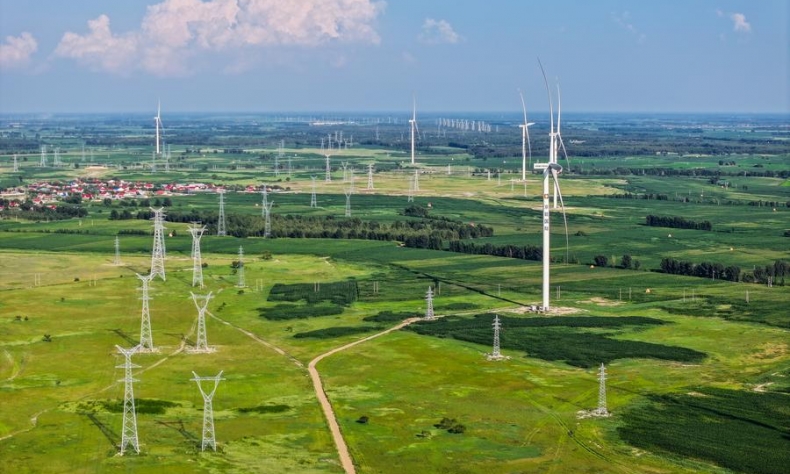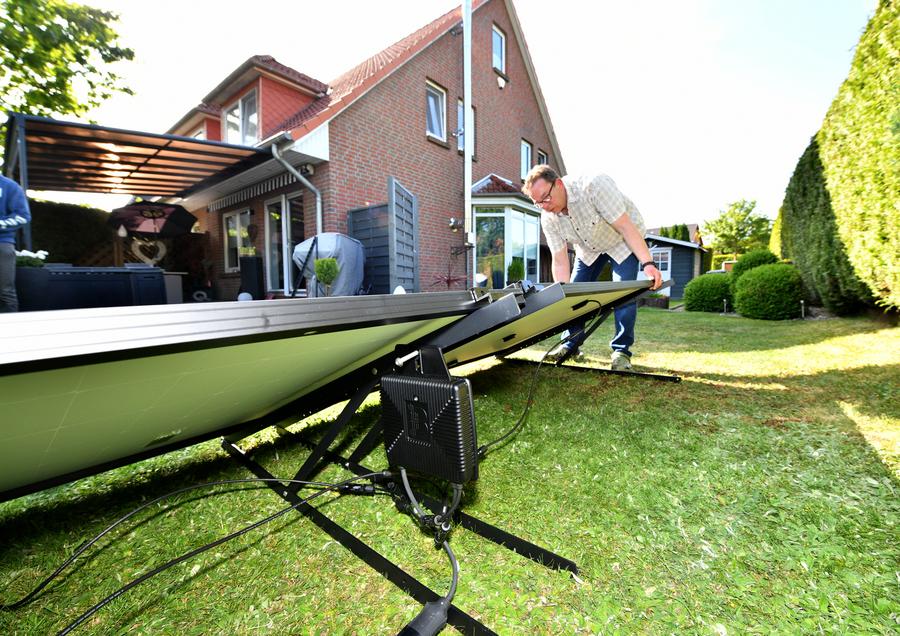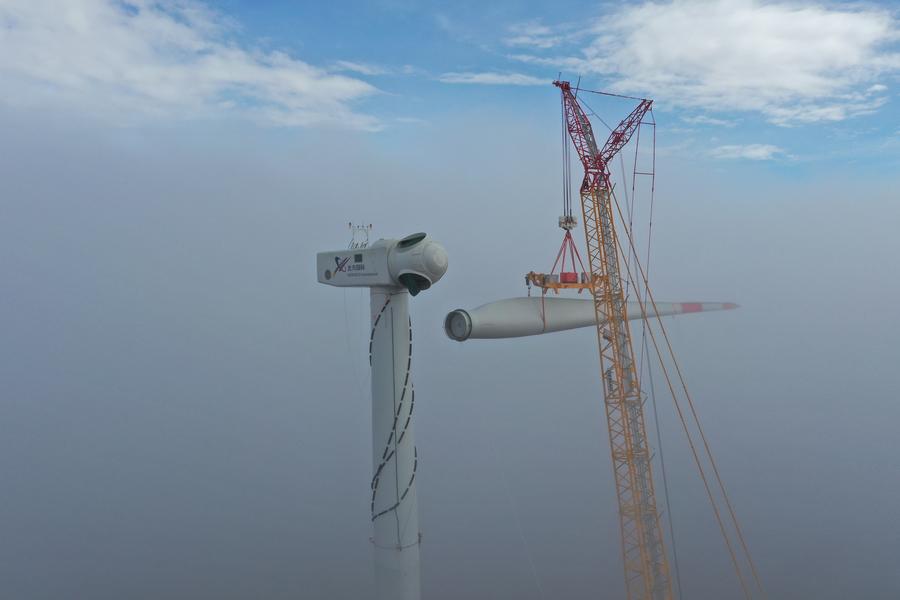EU-China Cooperation Boosts Green Energy Growth and Security

The EU and China should not step back from addressing the global challenge of climate change, but rather jointly continue and further advance green and low-carbon development.
Recently, the EU and China marked 50 years of diplomatic relations. Chinese President Xi Jinping said that China-EU relations have become one of the most influential bilateral relations in the world, contributing greatly to enhancing the well-being of their people, and promoting world peace and development. Climate, environment and energy are at the very top of cooperation priorities, and have been for a long time. This alignment between two of the world’s largest economies benefits global climate action, and will bring true energy security and strategic independence to both sides.
It’s worthwhile to consider what the world looked like in 1975, and compare it to today. Globally, the 1973 oil crisis had just triggered a shift in geopolitics. Oil prices had quadrupled, causing persistent inflation combined with recessions in the U.S. and Europe, and highlighting the strategic implications of dependency on oil and gas. This crisis also triggered the world’s first major push for solar, wind, and energy efficiency.
Back then, China’s economy was experiencing general disarray with widespread industrial problems. China has changed so profoundly since then, and it is very hard to imagine for anyone visiting the country today. 50 years ago, who would have imagined that China would witness such rapid development, and even become a world leading contributor in low-carbon technologies?
In today’s world, even though renewable energy technology has become much more advanced and affordable, most countries are still reliant to varying degrees on fossil fuels. Many people still believe that fossil fuels are somehow a better solution for energy security, even if they acknowledge their role in causing climate change. Indeed, managing the variable output of wind and solar energy is a technical challenge, in advanced and developing economies alike.

But countries dependent on imported fossil fuels are exposed to a much more serious risk. A sudden cut in supplies could turn the lights off and bring the economy to a halt. Energy security in the coming decades will be effectively managing and increasing the share of renewables in the grid. Energy security increases with every solar panel installed – they will keep producing energy as long as there is sunlight. As the world rapidly cuts greenhouse gas emissions, countries will need to produce or buy the required technologies, including wind, solar, and hydro power, as well as electric vehicles, and energy storage such as batteries. In addition, advanced infrastructure and policies are needed to integrate renewable energy into national grids while avoiding the risks of wasted energy, stranded assets and blackouts.
Over the past 50 years, the EU and China have benefited tremendously from economic and technological cooperation. China has become one of the largest export markets for the EU, and vice versa. Green technologies have undergone rapid innovation and reductions in cost, in large part as a result of such cooperation.
While European innovation helped advance early solar and wind technology through the so called “valley of death” toward commercialization, China’s market of scale provided the conditions for these technologies to advance quickly to become the world’s cheapest forms of energy generation. Throughout this process, many European companies set up manufacturing facilities in China to access both the Chinese and global markets.
Both China and the EU have now taken a strong lead in the production of renewable technologies. In China, the share of electricity generated from renewables approached 35 percent in 2024. Wind and solar generation grew well beyond expectations, and are projected to continue to grow very rapidly. In the EU overall, 47 percent of electricity was generated by renewables in 2024, while in some member states, such as Denmark and Portugal, the share was as high as 88 percent.

In terms of green policies, the EU has long been an innovator, from the early feed-in tariffs for renewables, to pioneering emissions trading systems (ETS), to its taxonomy for green finance. China’s experience in reducing energy intensity and emissions through successive five-year plans is also something that could be shared.
There is a solid basis for energy cooperation between China and the EU, with a great deal of trust and mutual respect built up over the last decade. Many successful bilateral cooperation programs have been conducted, including EU-China Energy Cooperation Platform, EU-China Emissions Trading Cooperation Platform, China-Denmark energy cooperation, EU-China Environment Project, and much more.
There is also a need to ensure that the energy transition is carried out in a way where economic benefits are shared with as many people as possible, especially in lower socio-economic groups, both in developed and developing countries alike. To do this, the manufacturing of existing and emerging clean technologies should be distributed globally. With Chinese companies now owning much of the IP for these technologies, Chinese investments and joint ventures to produce in Europe and other countries can be a key to unlocking faster and deeper penetration of these technologies, with local employment benefits, helping us to reach our climate goals.
Such benefit sharing can only be properly realized if supply chains are allowed to develop without hindrance, and tariffs and restrictions are kept to a minimum. For Europe to maintain its position at the forefront of the global energy transition, therefore, it needs to continue to be a champion for the principles of global free trade. This is no longer as easy as it once was, with the U.S. now taking a protectionist stance, actively promoting fossil fuels, and again pulling out of the Paris Agreement on climate change.
The EU and China should not step back from addressing the global challenge of climate change, but rather jointly continue and further advance green and low-carbon development. The past decades have already shown that cooperation brings great benefits to both sides, through joint climate action and accelerated energy transition, technological innovation, lower costs for renewables, high-quality employment, and enhanced energy security. EU-China climate cooperation also sends an important signal to countries and businesses around the world: the global climate transition is here to stay, so you better find ways to be competitive in a low-carbon economy.
The author is director for China at ClientEarth and special adviser of the China Council for International Cooperation on Environment and Development.
The article reflects the author’s opinions, and not necessarily the views of China Focus.
 Facebook
Facebook
 Twitter
Twitter
 Linkedin
Linkedin
 Google +
Google +










